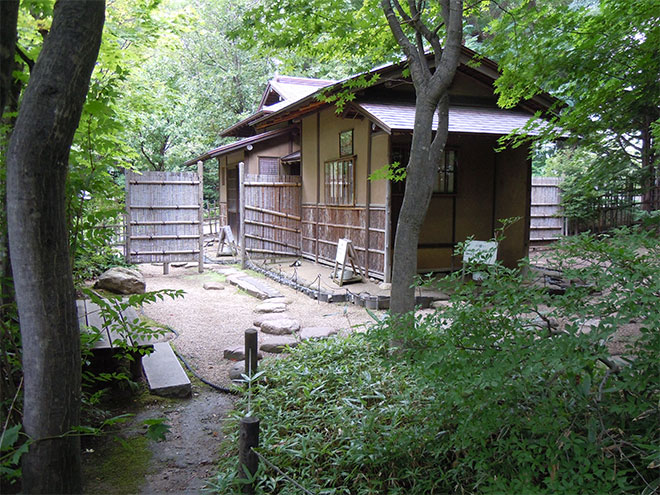It was in the early Edo period when Japanese culture flourished in many aspects.
Regarding the tea ceremony (茶の湯), I am less than a novice, but I love to admire tea-ceremony houses, especially in Kyoto. Many temples built during the Fujiwara era became centers for various Japanese cultural practices. Hasso-an (八窓庵) is one such example. It was originally built by Kobori Enshu (小堀遠州), a feudal lord, tea-ceremony master, architect, and master gardener who lived from 1579 to 1647 during the early Edo period.
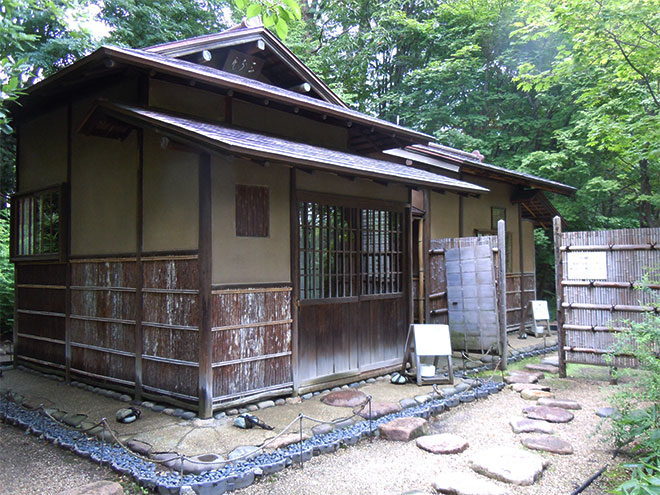
Moving and Moving Again
According to the brochure, Hasso-an is believed to be one of Kobori Enshu’s works. It was originally located on the grounds of Shunzo-in Temple in Nagahama City, Shiga Prefecture. In 1868, it was relocated to Enkyoji Temple in Kawasaki Village, and then in 1902, during the Meiji era, it moved to Shana-in Temple. In 1919, for reasons unknown, Kinya Mochida purchased the building, and Hasso-an was relocated to Sapporo.
The details of its history and moves are documented in the small guide available at Hasso-an. The tea ceremony was especially popular among Bushi/Samurai during the Azuchi-Momoyama period and the early Edo period.
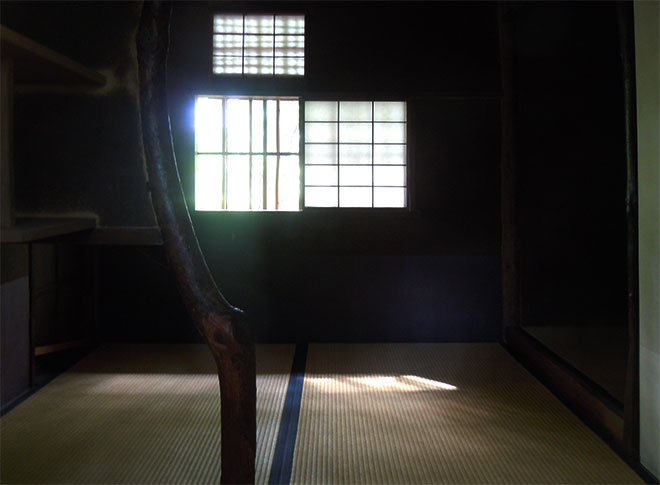
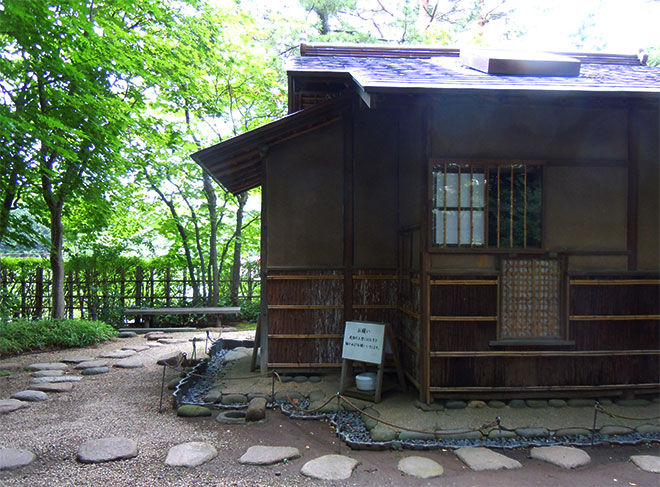
His Talent for Art
Despite being a feudal lord, Kobori Enshu showcased remarkable talents in architecture, tea house design, and gardening. Recognized by the Tokugawa shogunate, he rose to prominence. The name Hasso-an derives from its unique design, featuring eight windows—’Hasso’ (八窓) means ‘eight windows,’ and ‘an’ refers to a small, simple dwelling typically inhabited by a Buddhist priest or recluse.
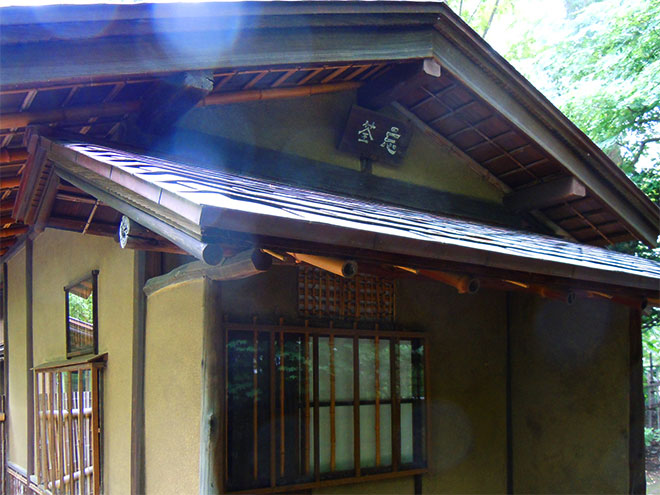
The Aim of Cha-no-yu
The letters of Bosen (忘筌) encapsulate the basic concept of the tea ceremony. ‘Bo’ means forgetting, and ‘Sen’ refers to a trap for capturing fish. Together, Bosen means “Forget the trap once you’ve caught the fish.” In other words, you may forget the tools or methods once you have achieved your purpose. The most important aspect is to understand the underlying concept and intention behind your actions. This idea originates from Zhuangzi, a Chinese philosopher who lived around the 4th century BC.
Disaster
In 2005, heavy snowfall in Sapporo City completely demolished Hasso-an. However, in 2008, the building was meticulously rebuilt using the same materials from the original structure. While you cannot enter the house, you can walk around it and view the interior, appreciating the value of this historic tea-ceremony house. Additionally, there is a beautiful garden where you can experience the atmosphere of the Edo period. It’s a rare opportunity to see such a beautiful tea house up close.
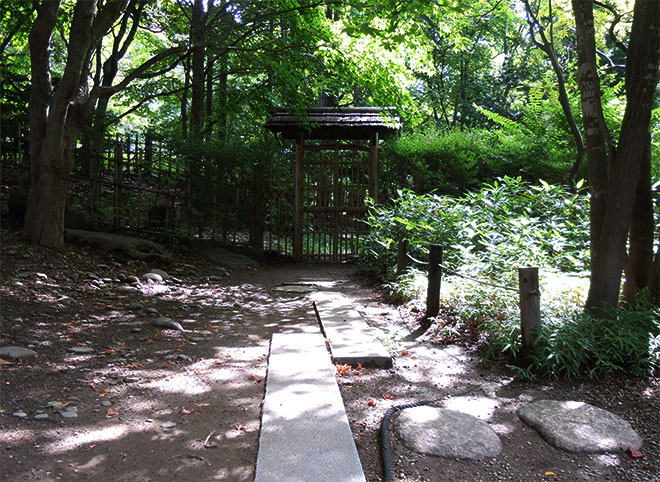
More about Hasso-an
If you’re interested in seeing other beautiful tea houses, a visit to Nanzenji Konchi-in in Kyoto is highly recommended. There, you can find another tea-ceremony room by Kobori Enshu called ‘Hasso-seki,’ renowned as one of the three most beautiful tea-ceremony rooms in Japan. Personally, I’ve had the opportunity to visit three times. Walking through the Japanese garden, you can enjoy a serene and peaceful day.
Hasso-an is designated as an important cultural asset by the Japanese government, highlighting its historical and cultural significance.
Link
Access
- Take a Nanboku line to Nakajima Koen(中島公園) and walk 5 min
